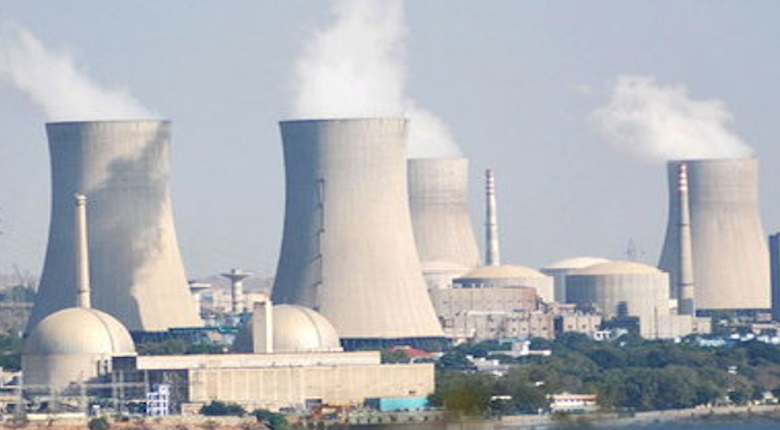The Oak Ridge National Laboratory of the Department of Energy has developed a unique method to 3D print components for nuclear reactors. The Laboratory got the license from the USNC (Ultra Safe Nuclear Corporation). The technology uses a sophisticated additive manufacturing technique to print refractory materials into components with complex shapes needed for advanced nuclear reactor designs. These refractory materials are highly resistant to extreme heat and degradation. Moreover, USNC will incorporate this technique to empower its mission to develop and deploy nuclear-based, energy-generating safe equipment that is commercially competitive and simple to use. The long-time Seattle-based collaborator also planned to enhance its operations into East Tennessee to get the advantage of proximity to ORNL’s expertise while scaling up production of specialty components for nuclear and industrial applications.
The executive vice president of USNC, Kurt Terrani said this technology is ideal for manufacturing structure and core components for USNC’s advanced reactor designs. Terrani came to USNC from ORNL where he was technical director of the lab’s Transformational Challenge Reactor program, leveraging expertise at the lab’s Manufacturing Demonstration Facility with leadership in nuclear technology to pilot the concept of 3D printing components for energy applications. The director of the Nuclear Energy & Fuel Cycle division of ORNL, Jeremy Busby said, “It’s rewarding to see the transition from basic concept to a more mature technology that is actively being developed and deployed by our industry partners. This is exactly the sort of impact that ORNL strives to make for our energy portfolio”.
Terrani said that USNC’s existing advanced nuclear systems are designed to deliver the highest levels of safety and reliability. However, the company is currently meeting that goal. Terrani said, “We don’t stop there. We also utilize materials in our reactor cores that can withstand very harsh environments and high temperatures and don’t result in any degradation. We engineer multiple redundant barriers against any potential release of radiation through fundamental application of nuclear engineering and materials science”. Point to be noted that the refractory material of choice of USNC for nuclear reactor core components is silicon carbide. It is a high-temperature-resistant ceramic that has been tested and proven to be radiation tolerant. The ORNL-developed alternative combines binder jet printing as the additive manufacturing technique and a ceramic production process called chemical vapor infiltration.
